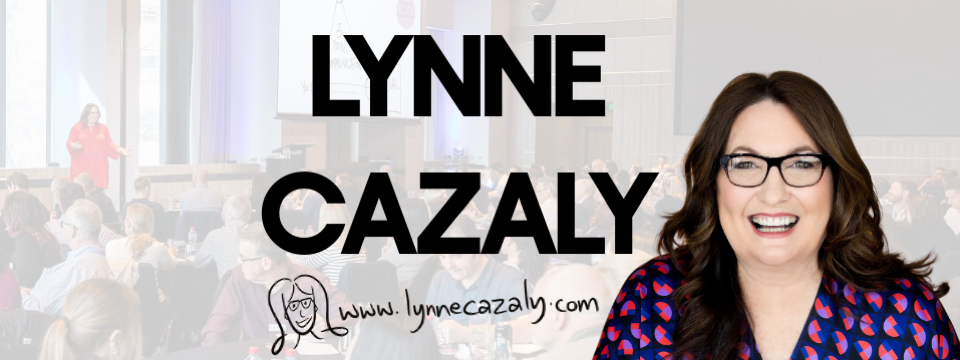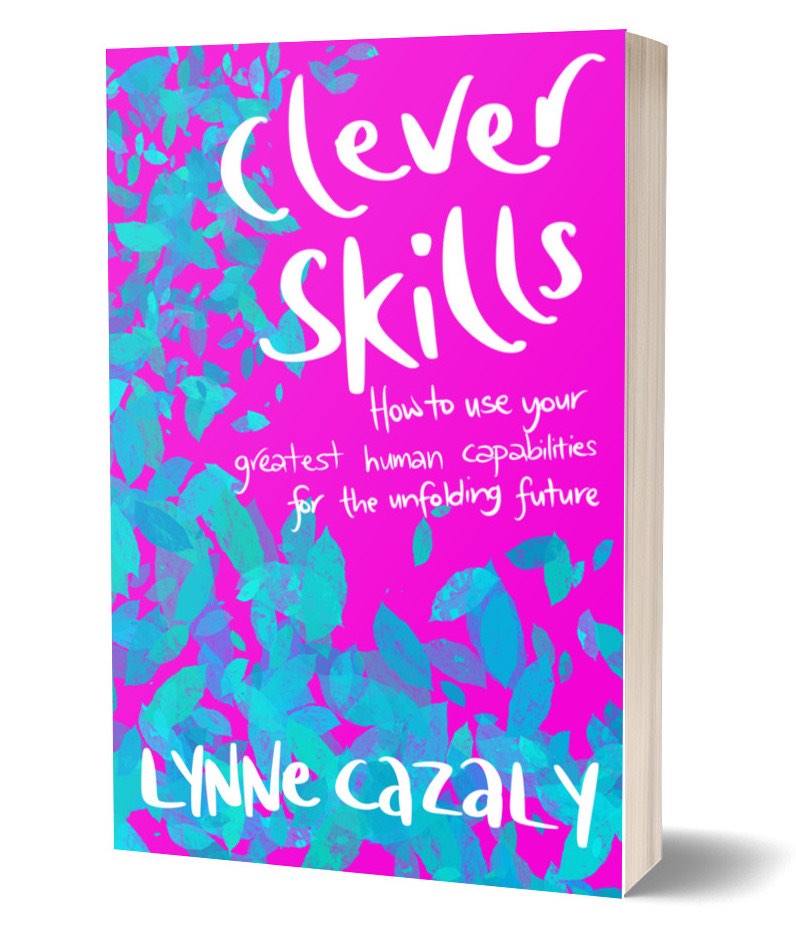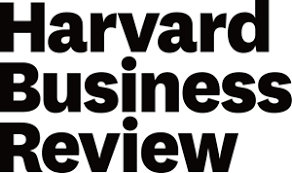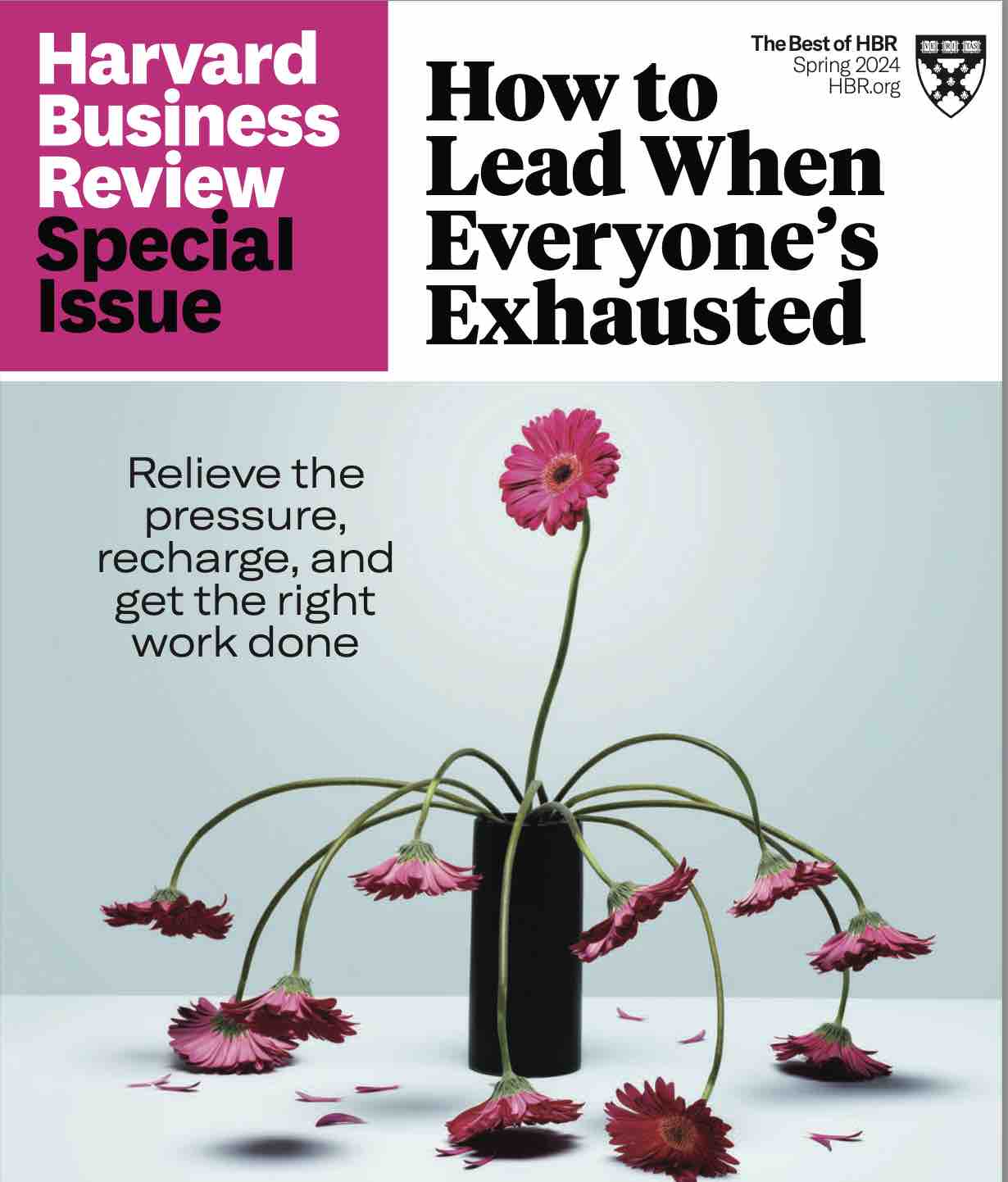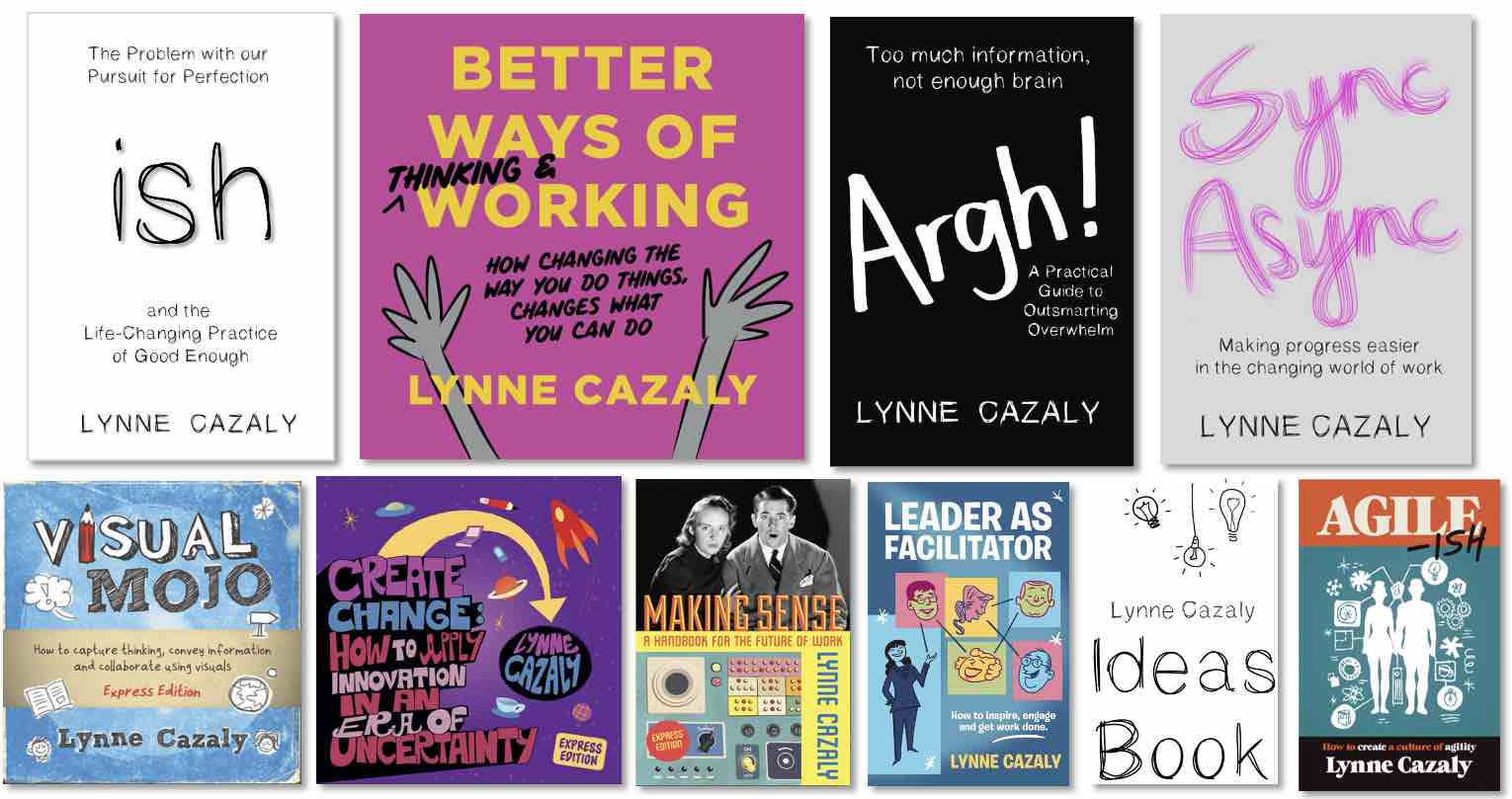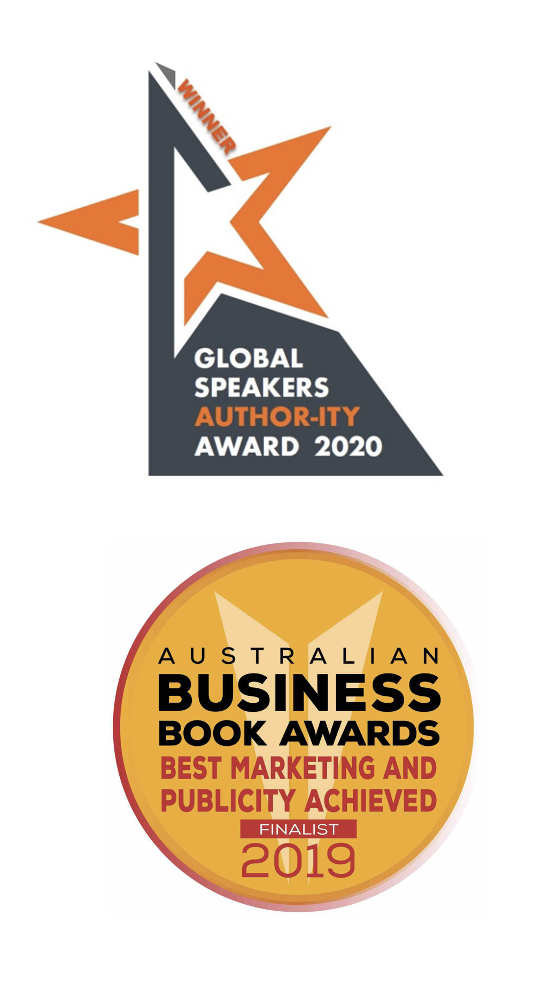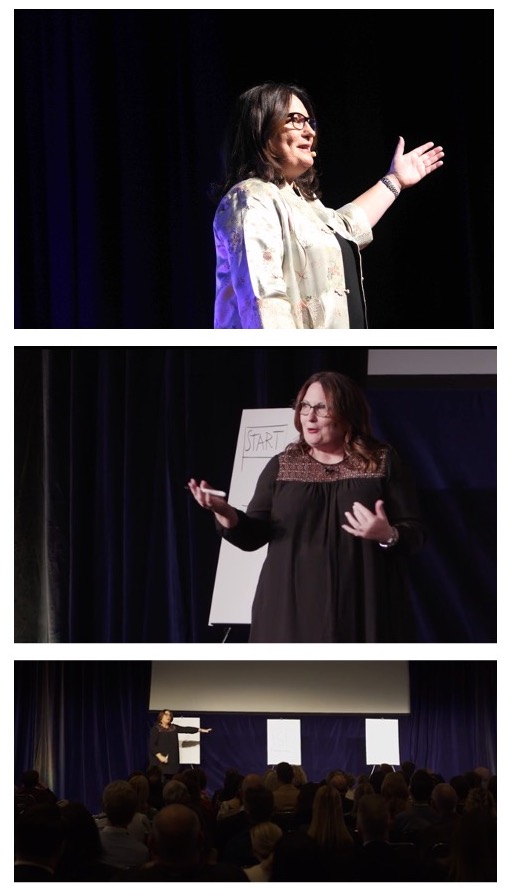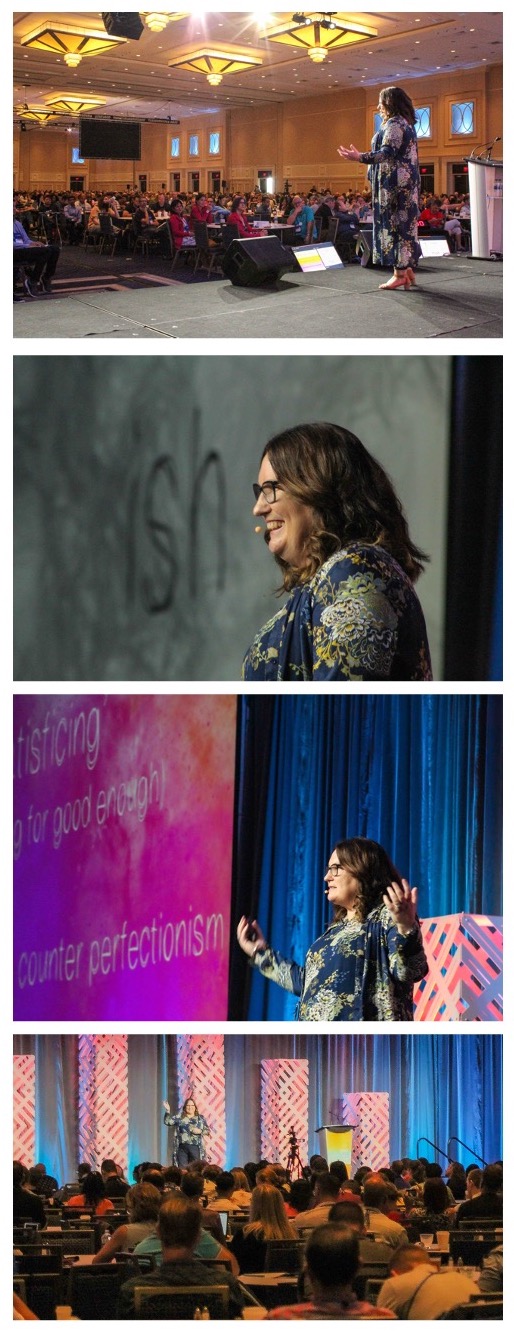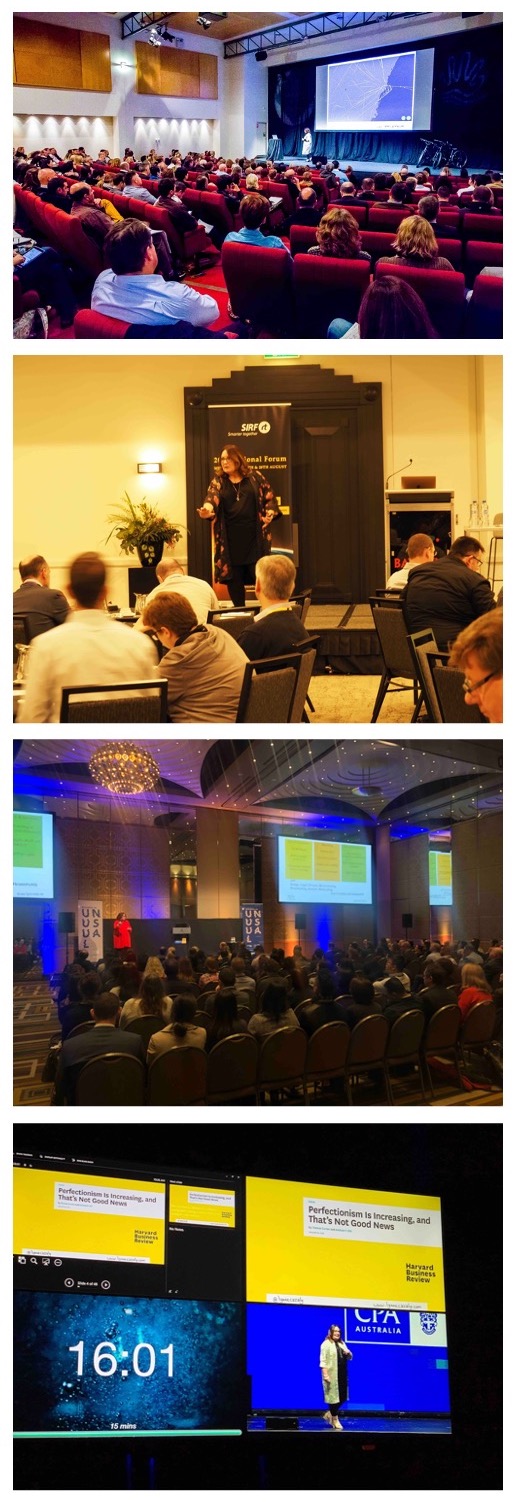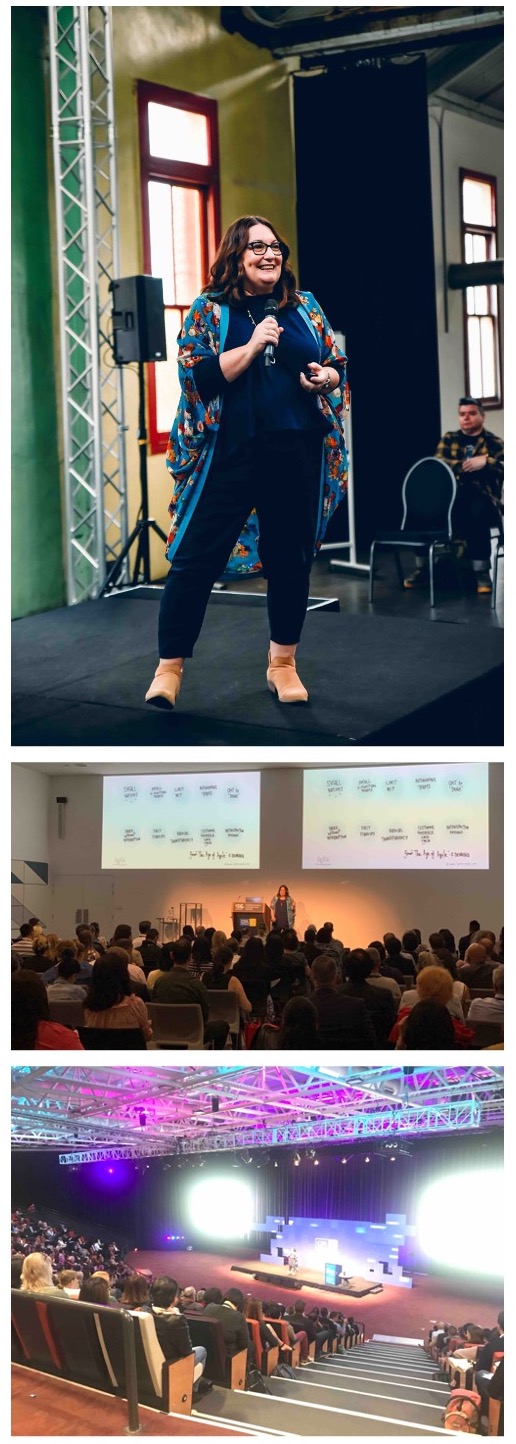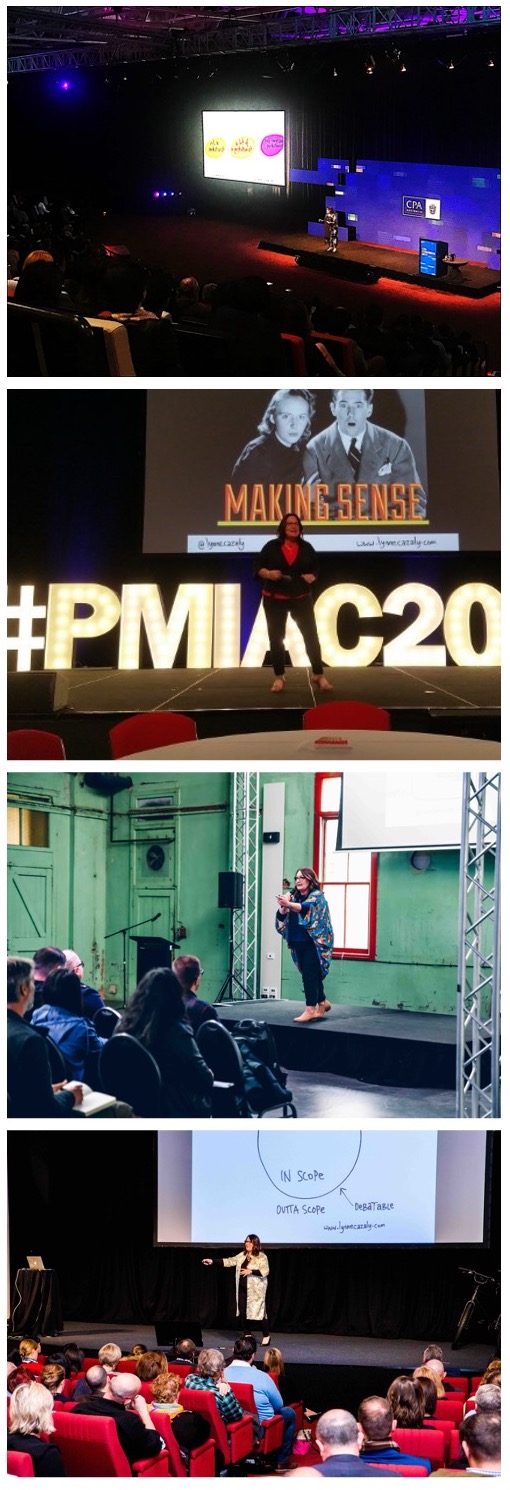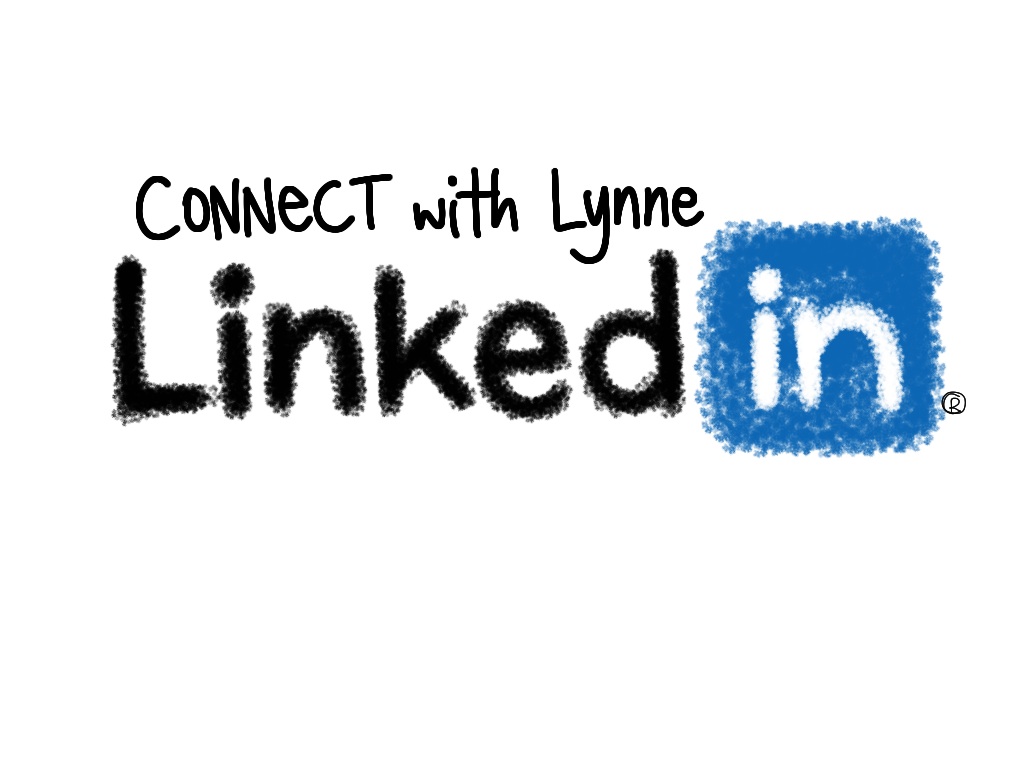If you read any of Enid Blyton’s Famous Five books when you were growing up (or they're in the family library) you might have read of the adventures of five young people who faced challenges, learned lessons and built strong friendships.
The recent release of a series of spoof books on the Famous Five sees some new titles tailored just for grown-ups. The books might well be poking fun at some of the realities of life with titles like:
· 5 Go Parenting
· 5 Give up the Booze
· 5 Go Gluten Free
· 5 on Brexit Island…
but it’s the one titled ‘5 go on a strategy away day’ that’s calling out many of the clichés and sins of bad strategic planning.
After all, it’s the offsite and team session that is aimed at creating a refreshed organisational strategy: and it’s often the place where a new direction is set or the team presses ‘reset’ to chart a course for a new world.
As the Harvard Business Review Blog Network presented recently:
"Strategy formulation.. is an ongoing requirement of good management… This is a process you must permanently embed in your organization."
When it comes time to bring the team together to revisit the positioning, profitability and progress of the business, what will you do?
If you look at rebooking the same venue, using the same agenda as last year and find that the most challenging part of the strategic process is finding a common date when all the players can get in a room at once, your approach to strategy may be ticking off some of The 12 Sins of Strategy.
Beware these sins and take steps pronto to move away from the sins and move towards the good and better of strategy.

Before the session
1. Same Same
Here’s the sin: It’s all the same as last year – same dates, people, venue, agenda, menu and program. This isn’t to mention what gets discussed and decided -- if that’s the same, that’s a sure sin.
If your ‘save as’ button is getting a workout, you’re a sinner! The world is VUCA – volatile, uncertain, complex and ambiguous. And our approach to strategy will need to change to adapt and respond to this environment.
“Longevity is decreasing .. corporate mortality rates are rising .. the good news is the newer firms are more nimble. The bad news for (older firms) is that their days are numbered, unless they continually innovate.”
From ‘Strategy: The scary truth about corporate survival’ -- Harvard Business Review, December 2016
2. Too Safe
This second sin could possibly read ‘dangerously safe’. The cousin to doing the same as last time – or the last decade – is playing too small or too safe.
We are in an ongoing era of disruption and if we’re too safe (or too same) we’ll be trampled on by those who are more adequately responding to change.
Every business is impacted by the effects of market shifts and changes. And if you haven’t ‘felt’ any of them yet, perhaps this will be the year. That maxim of ‘change or die’ is never truer.
Have you gathered insights, information, background and the data needed to inform your strategic discussions and decisions? If you don’t know what’s going on, you may respond in a way that doesn’t set you up for the industry changes and shifts underway.
Working with a pharmaceutical-style business recently, they discussed at their strategy day their need to adapt and change and to do so in ways they haven’t previously. The way customers were buying products and services had changed, and the type of products and services had changed too. Plus there were some new players in the market. Their long-lived era of being ‘the only’ or ‘the best’ was under threat. So their strategy session and strategic response was not just about taking out more advertising or to better train the staff who are customer facing.
Both of these responses – training and advertising - are small tweaks and are more operational than strategic. It’s too small and too safe of a change.
3. Vague Process
If you can tick off that ‘yes’ you’re willing to look at things differently and be prepared to take some bigger steps, it’s now about HOW are you going to create that strategic response.
This sin is what I’d call ‘vaguing the process’. That is, the process you’re planning to use on the day to create and craft your strategic response is vague. It’s ambiguous and not yet defined. You might know what you want to get at the end of the session, but you’re not crystal clear on HOW you’ll get that work done.
By the way, the process isn’t the agenda.
The process is the way you’re going to go about doing the strategic work, the strategic thinking in the lead up to, during and after your strategy session.
If you were heading off on the holiday of a lifetime you wouldn’t just show up at the airport with your passport and credit card -- as fun as that may be. For the big projects and strategy work, you need some type of itinerary and how you’re going to move from one place or space… to another.
Don't wing it or make it up as you go along.
4. D.I.Y Facilitation
A flow on from #3 Vaguing the Process is if you are trying to facilitate the strategy session yourself: doing it yourself or D.I.Y.
Thinking you can plan, observe, facilitate and participate all at once -- or even with a team of colleagues, trying to share the load -- is a hefty responsibility. How can you do it all?
Save your facilitation skills for the day-to-day implementation and leadership work with your team - not the big ticket item of the strategy day.
There can be a desire to ‘involve the team’ or ‘share the load’ or even ‘give people greater responsibility’ by having them lead sessions or facilitate at strategy days, but I believe there are other more cohesive ways to do this during the session, rather than them facilitating.
The DIY approach reminds me of an eccentric friend who decided he’d represent himself in court over a family legal matter. He didn’t want to pay the legal fees. He thought there wasn’t much to it and he could do it himself.
The end result saw him dabbling in an area of deep expertise that was beyond his scope of understanding – and appreciation – and the cost in the long run was way beyond financial.
Some DIY projects end up as a dangerous mess.
During the session
5. All talk
This sin already occurs daily in many workplace meetings and workshops where teams of people sit around a table and … talk.
It’s somewhat of a workplace default: people sitting there talking. And talking. And talking some more.
Bringing a team or group together is an invitation of diversity. Sitting around talking for two days doesn’t serve this opportunity for diversity. We have differing preferences for how we take in information, process that information, make decisions, communicate, engage and think.
Howard Gardiner’s theory of Multiple Intelligences documents how we have a number of different ‘modalities’ rather than a single general ability. He suggests that we have multiple ways of learning. So even if your preference is to sit and talk… it’s not diverse enough, nor is it identifying and responding to what else might work for others across the business.
6. PowerPoint Snooze
For many leaders, the days before a strategic session see them spending countless hours preparing a PowerPoint pack or presentation of information.
Rather than the big investment of tweaking and tinkering with the layout on a document, have a conversation. Have dialogue with the team.
We are losing our social intelligence and reinforcing that at a strategy or team day by delivering more one-way presentations is a drag and a sin.
Attention spans are already short; no wonder some sessions feel like they are dragging on when people stand up to present dense packs of 132 slides (Yes, this happened at a team session).
7. Little Input
It’s a sin indeed to keep things narrow or involving the ‘usual suspects’ at a strategy session. It might feel more comfortable but you won’t get the best out of the event, the team or get the best possible strategic response.
The field of Design and User Experience is focused on creating and launching things that meet users needs. Customer and user insights, feedback and suggestions are pivotal, vital, in creating a successful product.
It’s also why focus groups and testing sessions, prototyping and scenarios are used -- to get a range of people to comment on and experience things connected to your company and brand.
The other half of inputs … is outputs.
Also, beware the ‘tapper’. The tapper is the designated person sitting in the corner of the room at a strategy session, tapping on a laptop and documenting the outcomes or key points of the session.
Err, it’s a little dated and ineffective, your honour. It looks more like a crime scene or the trial with a court reporter capturing testimony! There are more collaborative and transparent ways to represent the progress being made.
Big sin. Guilty!
8. Idea Slumps
A low point in a workshop is often feared, or expected perhaps – think of the after lunch or afternoon energy slump when we’re all a bit drowsy from eating too many sandwiches at lunch!
This is a period of quiet, lower energy and sometimes we can fear that it’s not a good thing. But throughout the program of crafting a strategy there can be other slumps, speed humps or slow points.
A slump or silence can sometimes occur just when we want to start brainstorming or ideating or coming up with brilliant innovative ideas.
We need to avoid the, ‘Yay, come on team, let’s come up with new ideas for products!’ or ‘Hey there everyone, who’s got a brilliant idea?’
We can’t expect genius to automatically flow just because we bring a group of people together in a room and tell them to be innovative. I believe you need to set up the environment for ideas to be born -- throughout the session.
After the session
9. Hangover
This sin is less about an alcohol hangover and more about a mood hangover! Once the energy of the offsite or strategy session is over, what happens next?
Yes, there can be a real coming-down or a flat spell after a significant strategic and transformative event. You’d have felt it after a holiday on your return to work – some of us feel it after the weekend!
While it’s great to get the team together, to get away from the office and clear the path of the usual workplace interruptions, there needs to be some time and space allocated to help you with ‘re-entry’ back into the workplace.
How are you going to land this thing?
And a word on real hangovers: decide if it’s a party event or a strategy event and if it’s a bit of both, make it clear what the organisation’s policies are regarding hitting the booze and showing up the next day hammered. Not a good look.
10. Cascade Down
By ‘cascading’ information, the idea is that you take what was discussed or decided at the strategy day and then package it up to send over the cliff, down down down to the murky depths below to the minions who will put the strategy into action.
The fact there is a word for this – to cascade – to deliver information down to your team says structure, hierarchy and downward flowing things. Often it’s about telling your next level, then they tell the next and they tell the next and before long, you have the whispers game you played as a child except now it’s being played out by grown-ups. Information is misinterpreted, not delivered at all or edited to take out the difficult-to-explain bits.
People what to know what happened at the strategy session. Make that communication swift, clear, authentic and in more directions than just down.
11. Few Actions
Too many events, conferences, workshops and talk, none or few actions are agreed on ...and so nothing much changes. are focused on the event itself, and not the outcomes and strategic implementation that will follow. As a result of lots of offsites
An organisation’s leaders who go on a strategy day and then don’t do anything with what they worked on is simply poor form.
“If they can’t follow through on this, what else won’t they follow through on?”
These were the words from a senior team member after a strategy day’s actions hit a roadblock and … just stopped.
The excuse and blame game is just a step away as people shirk responsibility and dodge accountability.
Most meetings, discussions, workshops are judged on what their outcomes are, on what they achieve and on what they produce. So too with the strategy day.
12. Too Vanilla
At some point you’ll want to, and need to share the strategy across the wider organisation.
Further to the sin on ‘cascade down’, now it’s about the actual communication. Whether it’s a ‘strategy on a page’ distillation, a typical PowerPoint deck or something more creative, make sure it looks like it belongs to your organisation.
Too many comms efforts are bland, lacking life and icon-ed to death. It’s as if the creativity has been stripped out and the end result could apply to any company at all - or any pre-school at all. There’s nothing that differentiates the company or shows its human side or brings the strategy to life.
Where’s the story, the visual, the creative elements that will cut through and connect with people emotionally?
So there you go, 12 sins of strategy. Get the full ebook on these 12 sins, by completing your details here and let’s stop the strategy sinning!
 Monday, February 10, 2020 at 6:00PM
Monday, February 10, 2020 at 6:00PM  Opening a document from last year, you ’save as’ to update a few things. Save as another name, change the date. Job done.
Opening a document from last year, you ’save as’ to update a few things. Save as another name, change the date. Job done. 